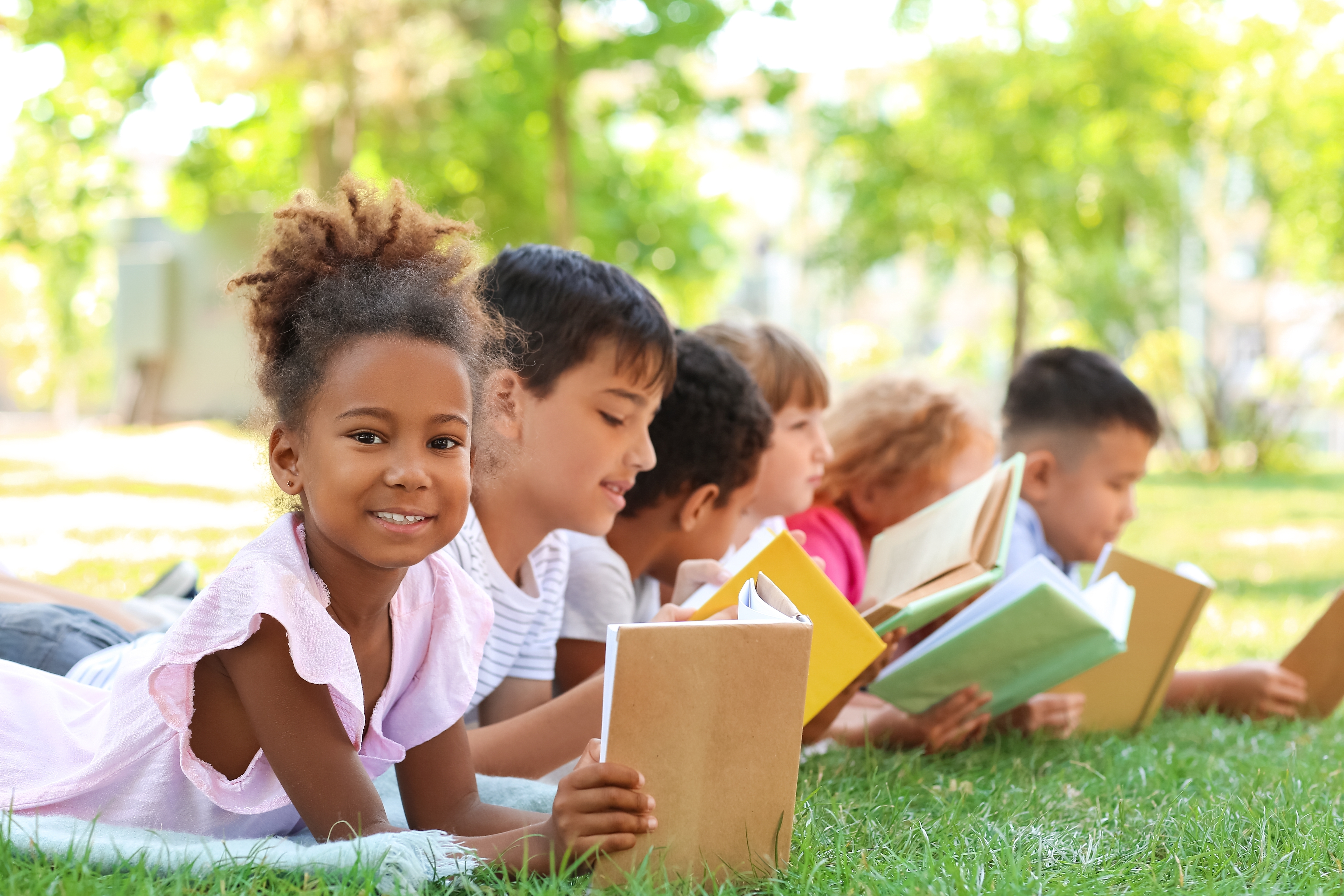Critical Thinking Normal Reading Fiction Worksheets for Ages 7-9
22 filtered results
-
From - To
Discover exciting "Critical Thinking Normal Reading Fiction Worksheets for Ages 7-9" that spark imagination and analysis! Each worksheet is carefully crafted to develop crucial reading comprehension and critical thinking skills in children. Designed for playful learning, these activities encourage kids to dive deep into fictional stories, prompting them to ask questions, make connections, and think beyond the text. Perfect for home or classroom use, these engaging worksheets make reading a fun adventure. Build foundational skills, enhance creativity, and foster a lifelong love for literature with our expertly designed resources. Nurture young minds with quality educational content today!
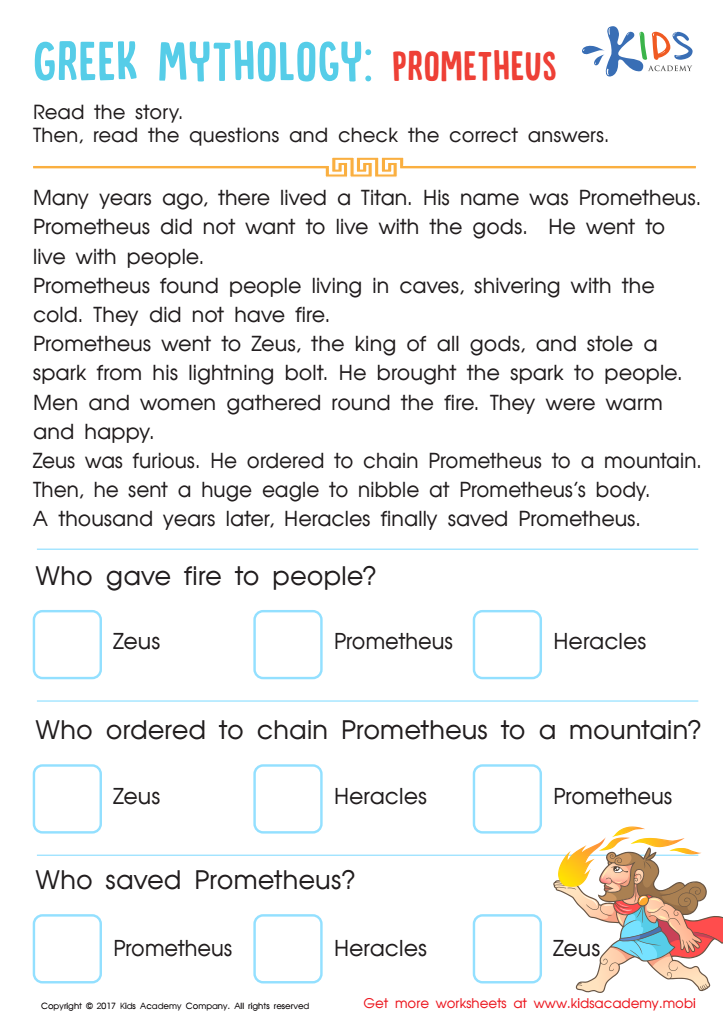

Prometheus Story Worksheet
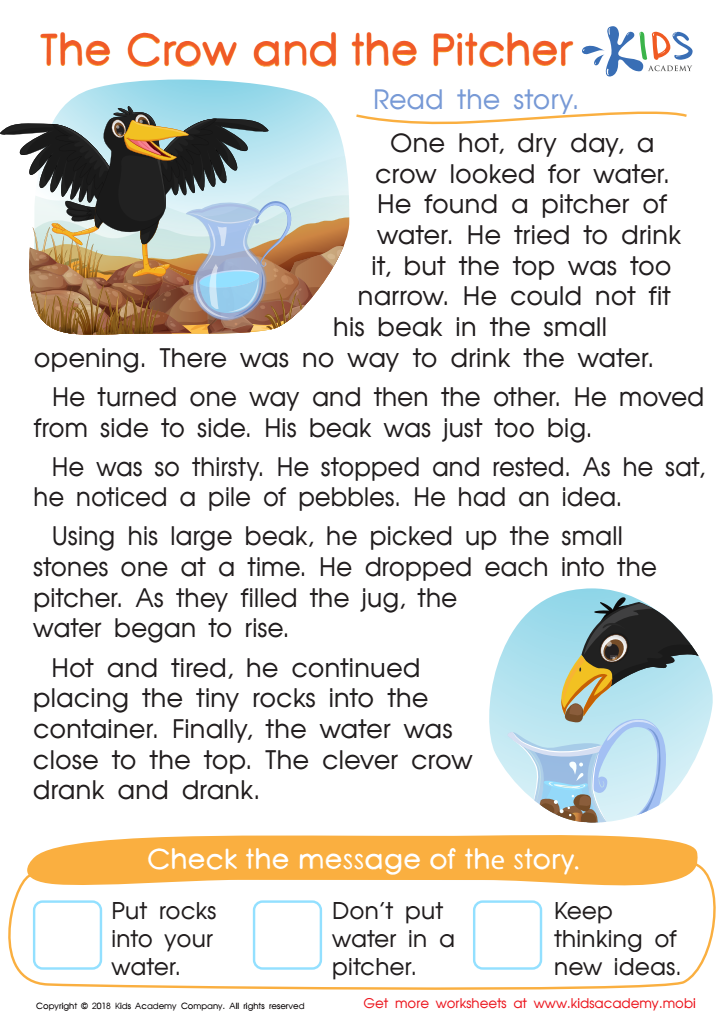

The Crow and the Pitcher Worksheet


Point of View Worksheet
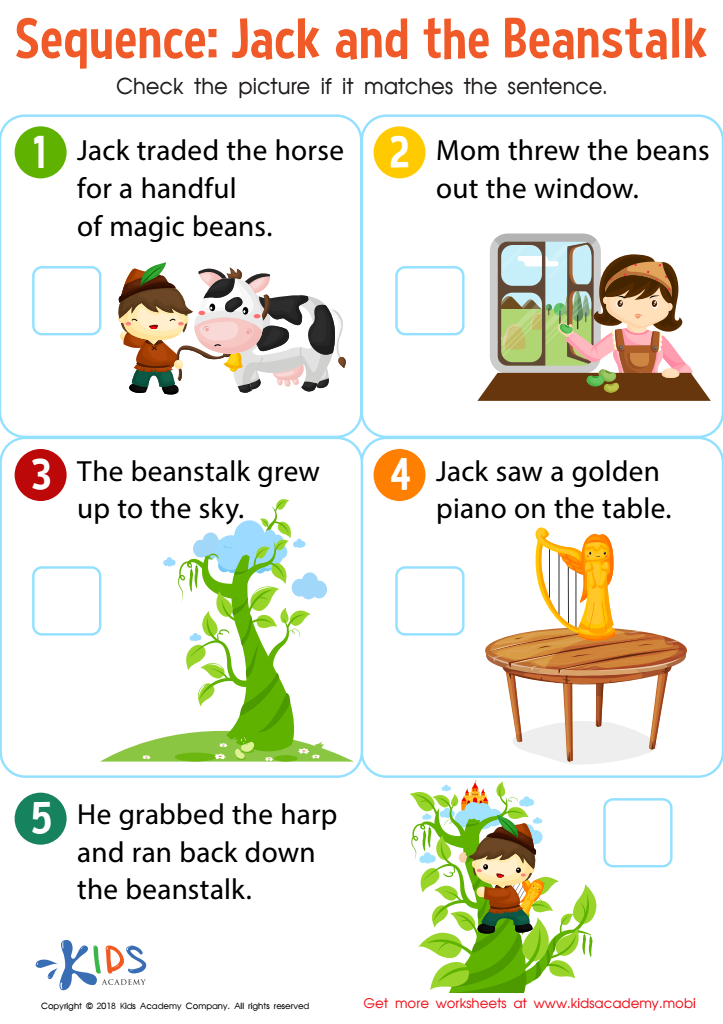

Sequence: Jack and The Beanstalk Worksheet


The Summary of the Princess and the Pea Worksheet
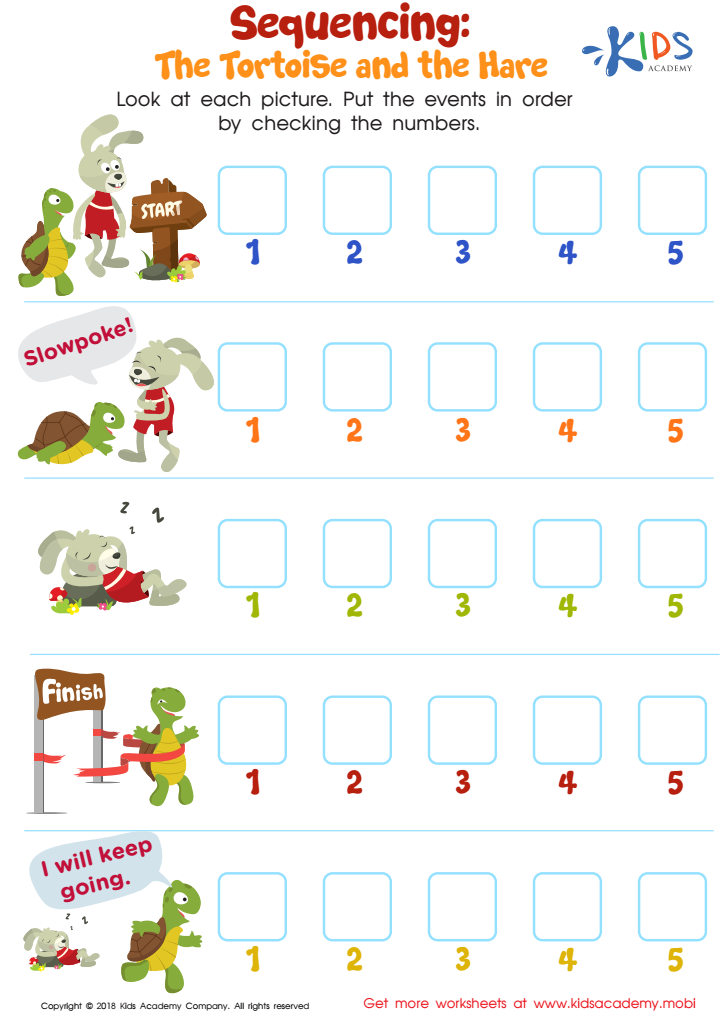

Sequencing: The Tortoise and the Hare Worksheet
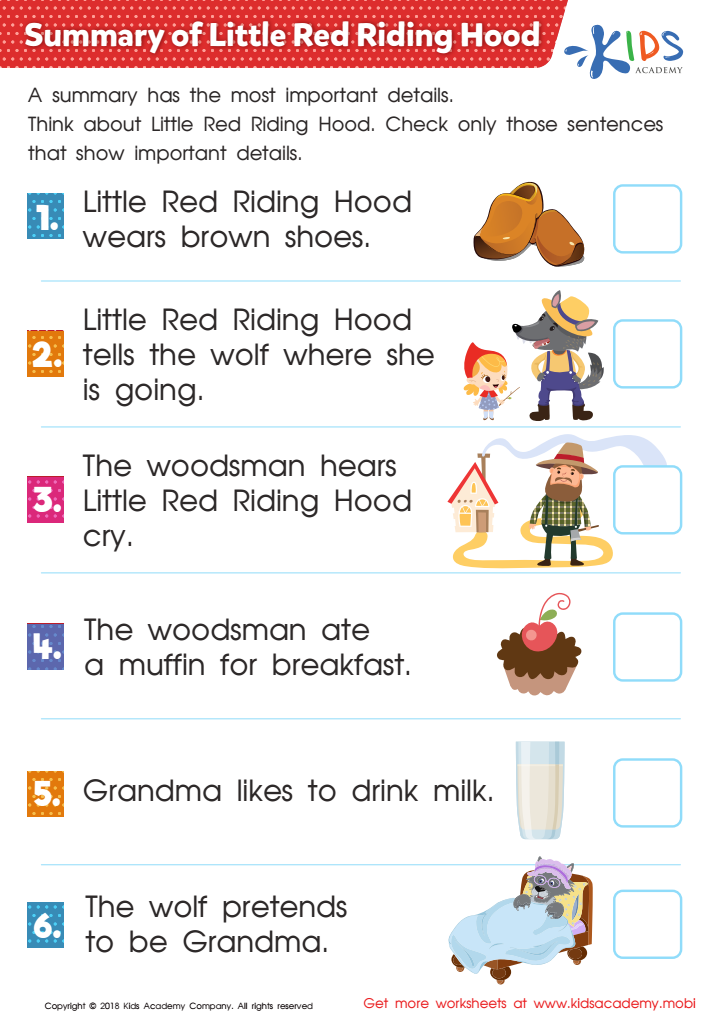

Summary of Little Red Riding Hood Worksheet
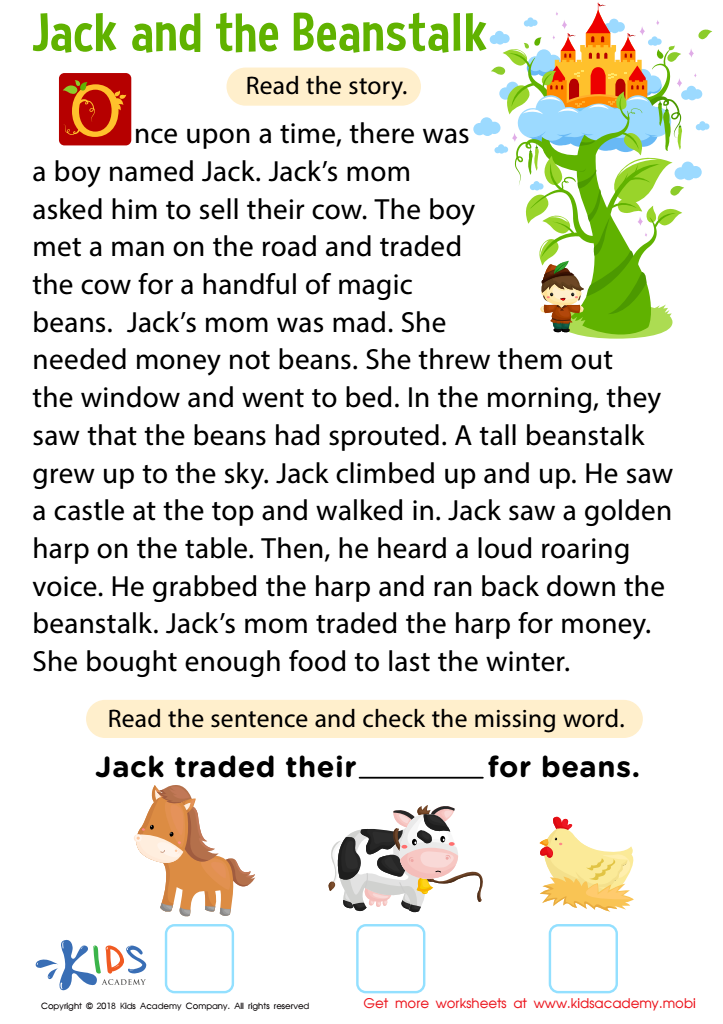

Jack and Beanstalk Worksheet
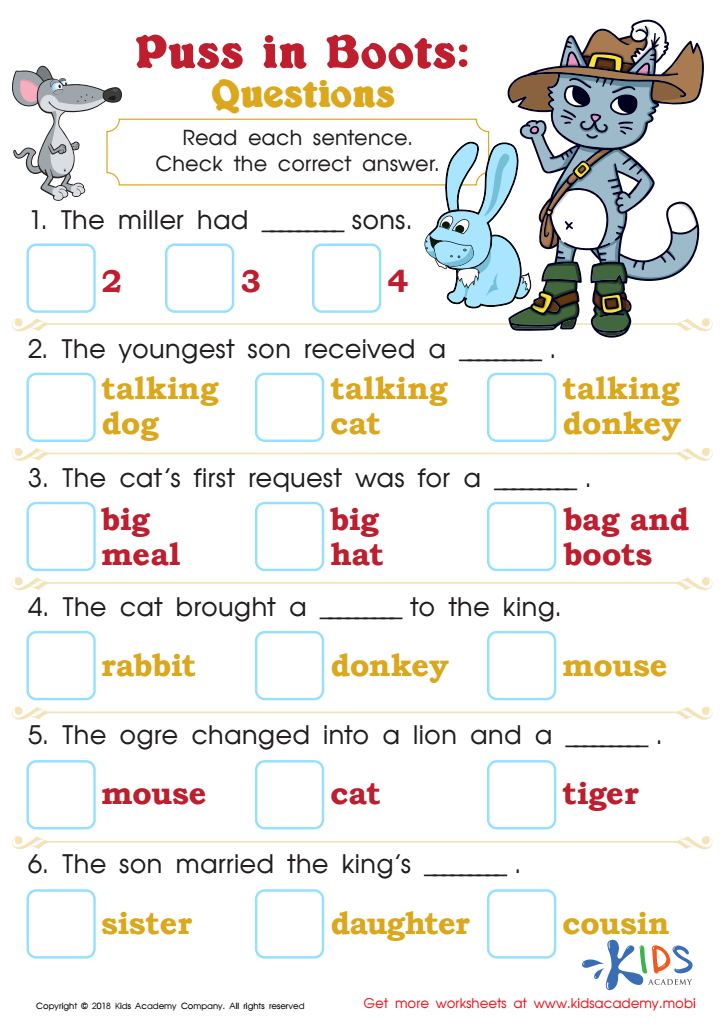

Puss in Boots: Questions Worksheet
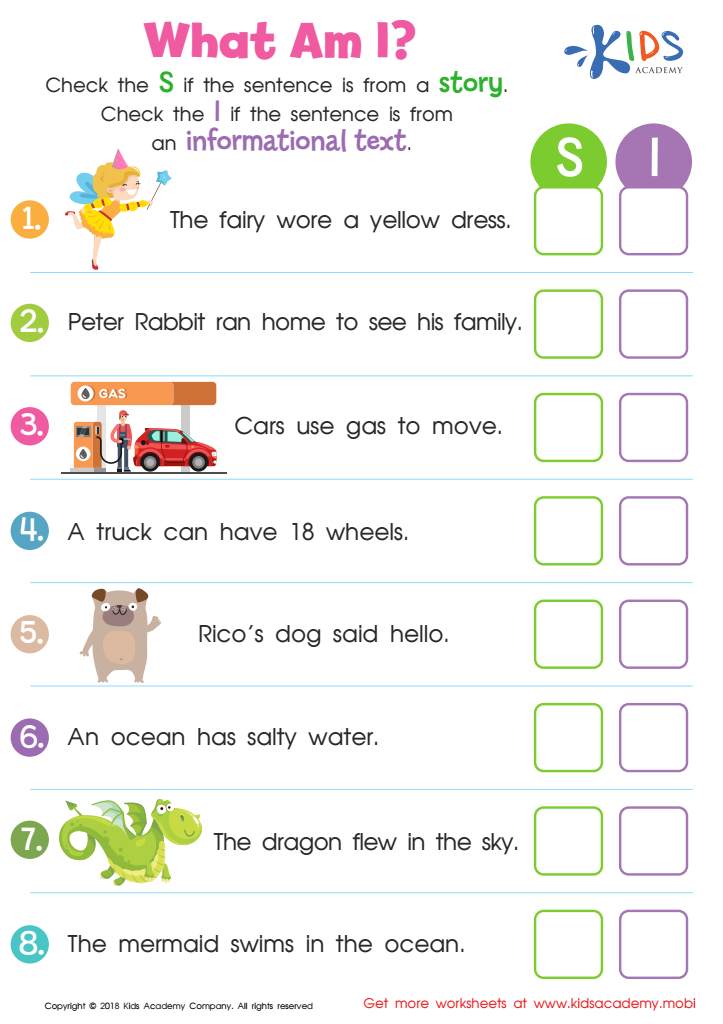

What Am I? Worksheet
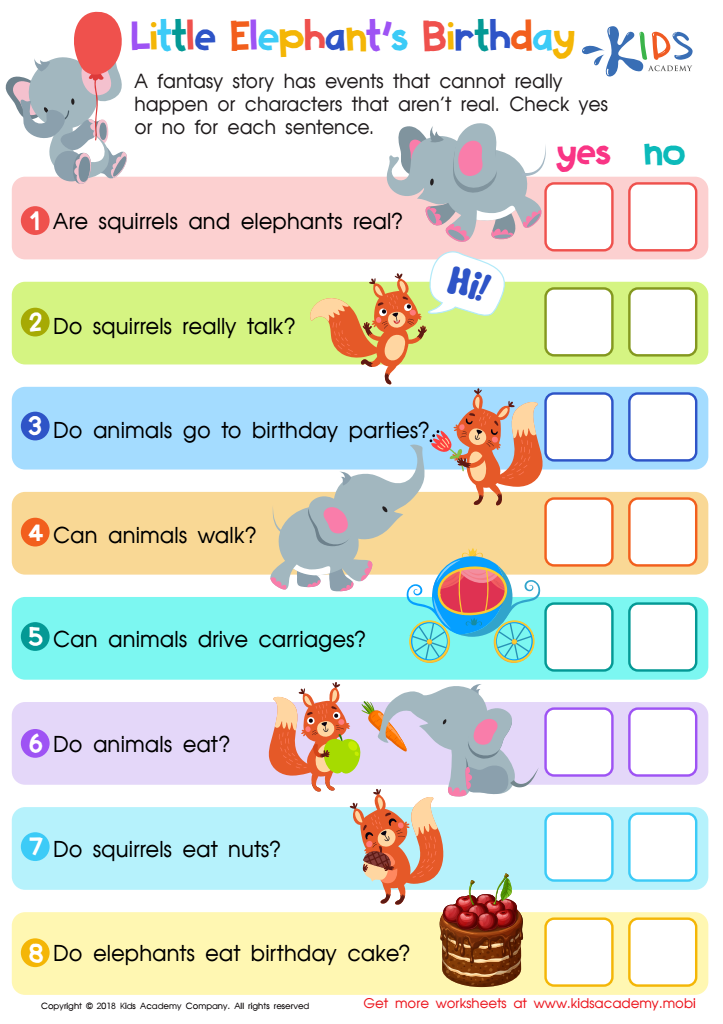

Little Elephant's Birthday Worksheet


The Boy Who Cried Fox Worksheet


Cinderella: Beginning, Middle and End Worksheet
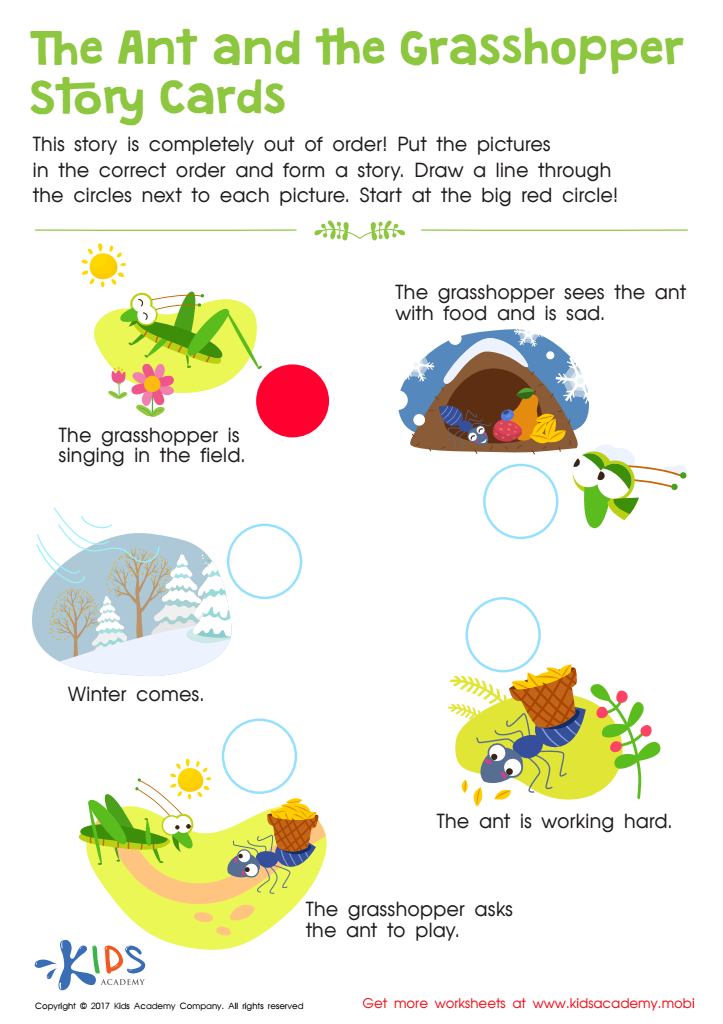

The Ant and The Grasshopper Worksheet
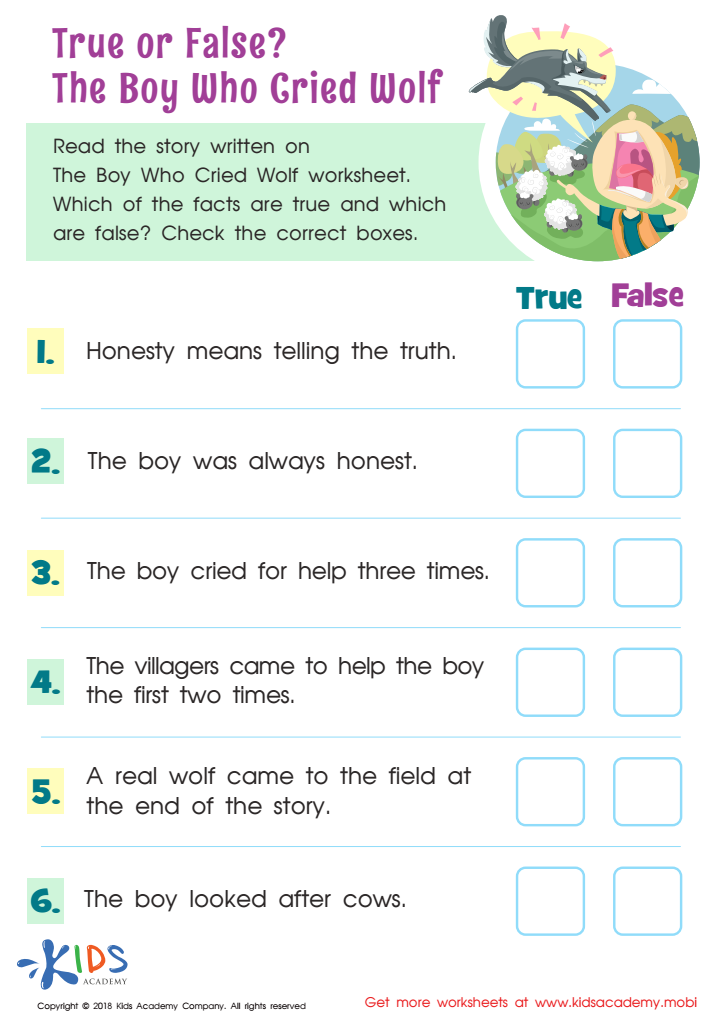

True or False? The Boy Who Cried Wolf Worksheet
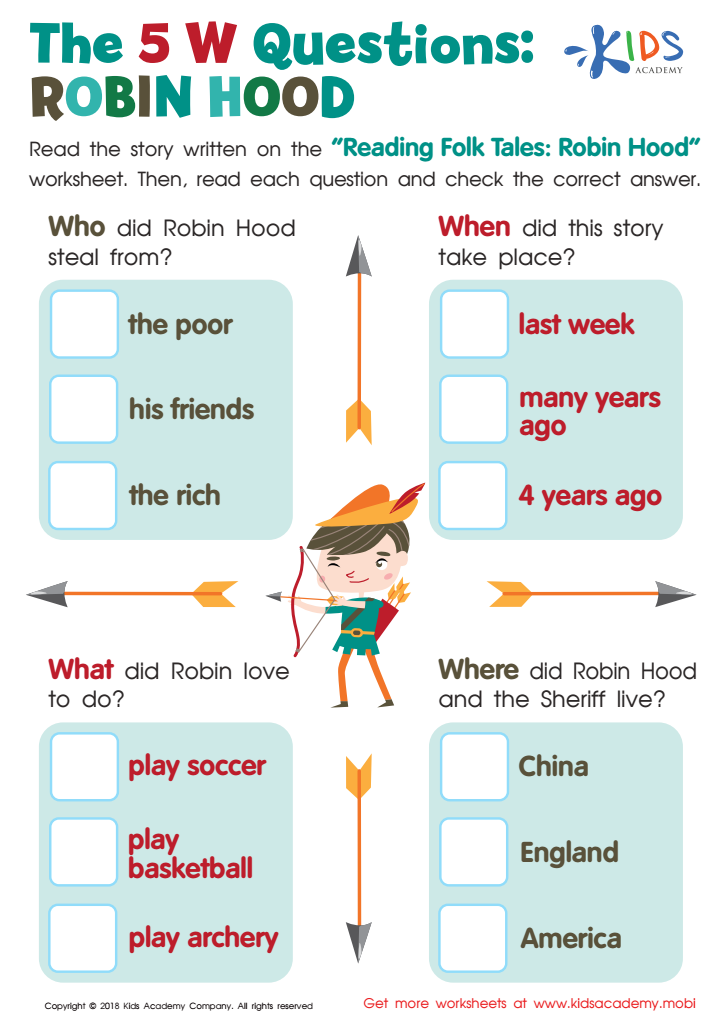

The 5 W Questions: Robin Hood Worksheet
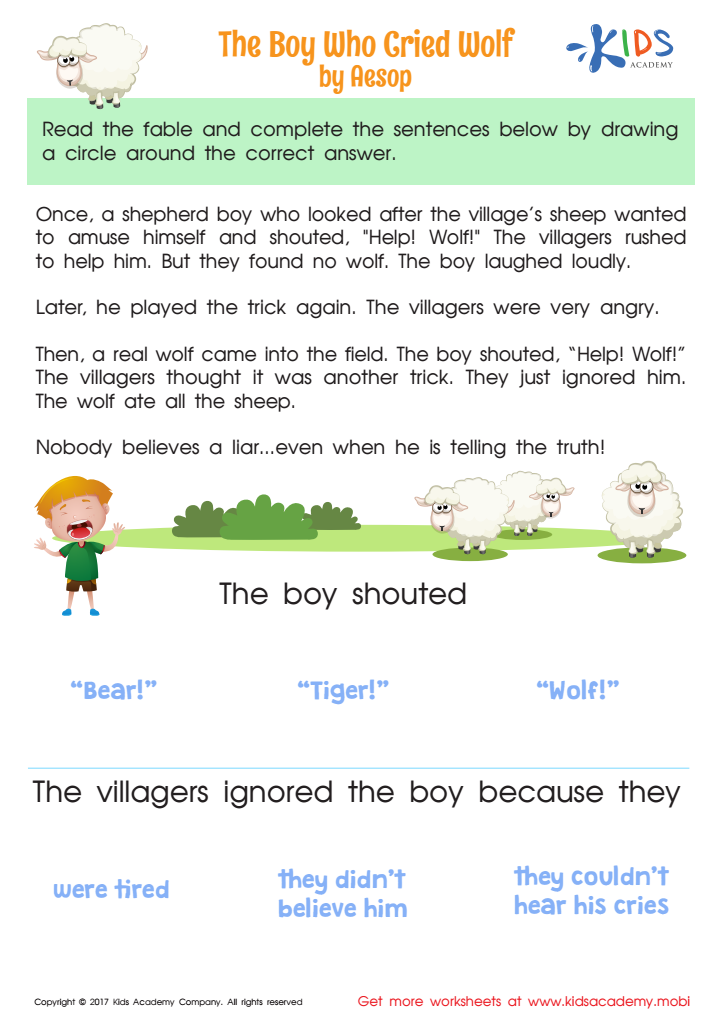

The Boy Who Cried Wolf Worksheet


Realistic Fiction: The First Day Worksheet
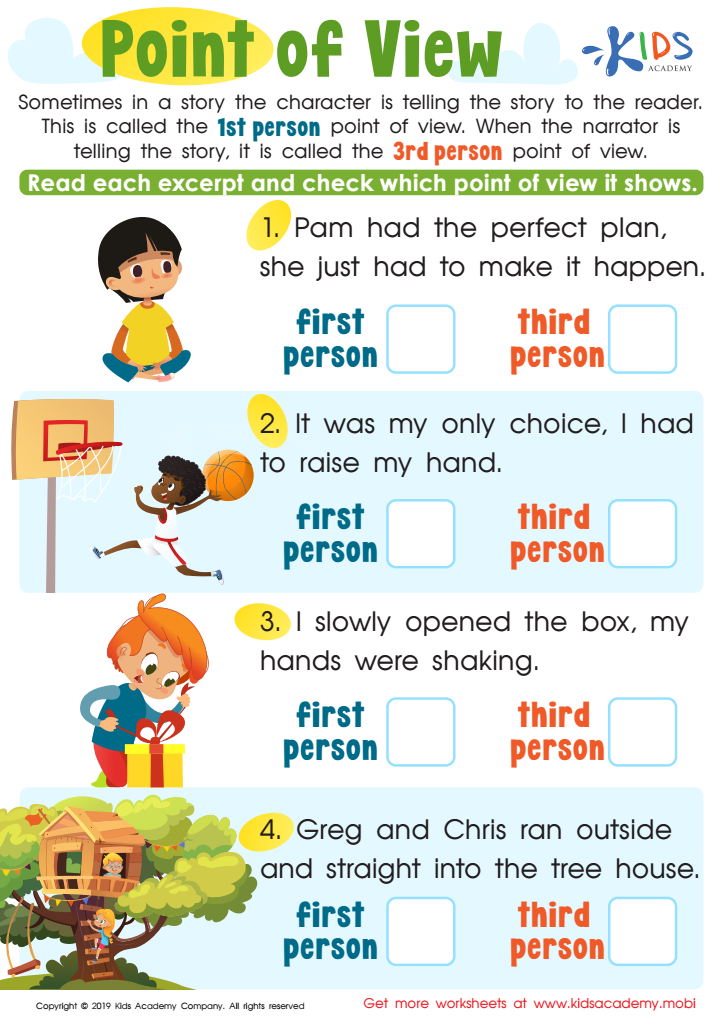

Point of View Printable
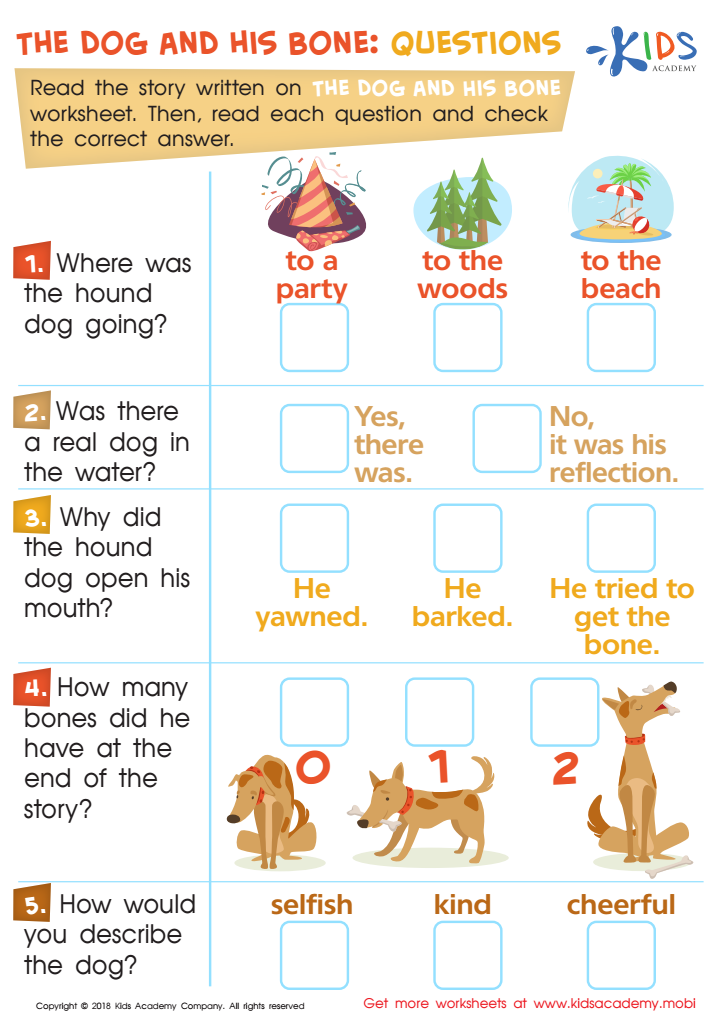

The Dog and His Bone: Questions Worksheet
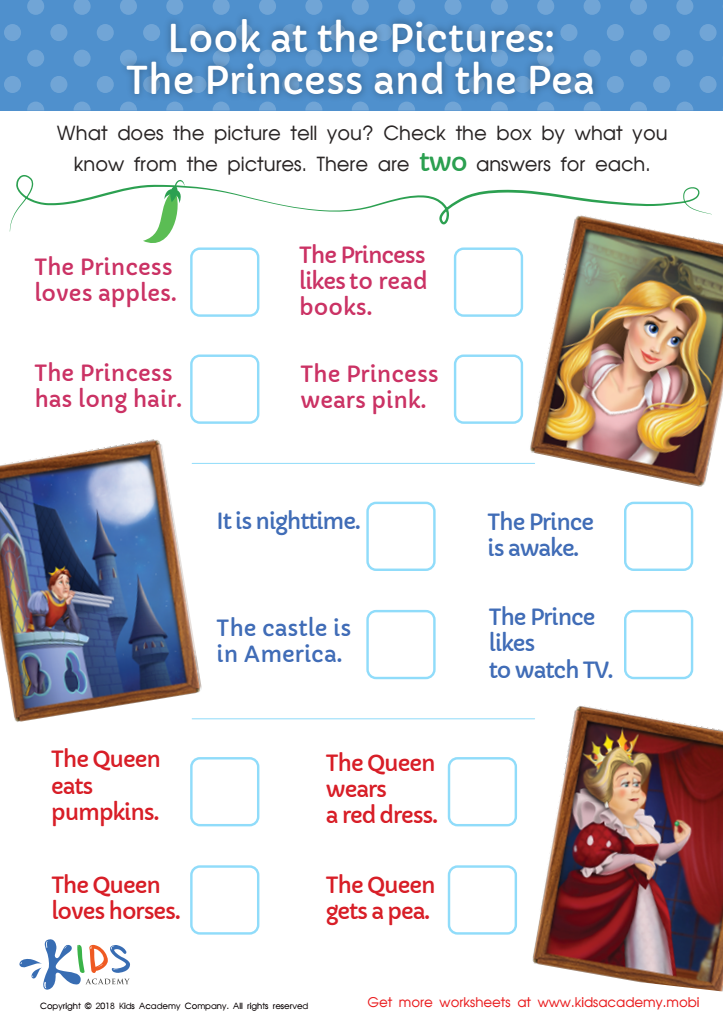

Look at the Pictures: The Princess and the Pea Worksheet
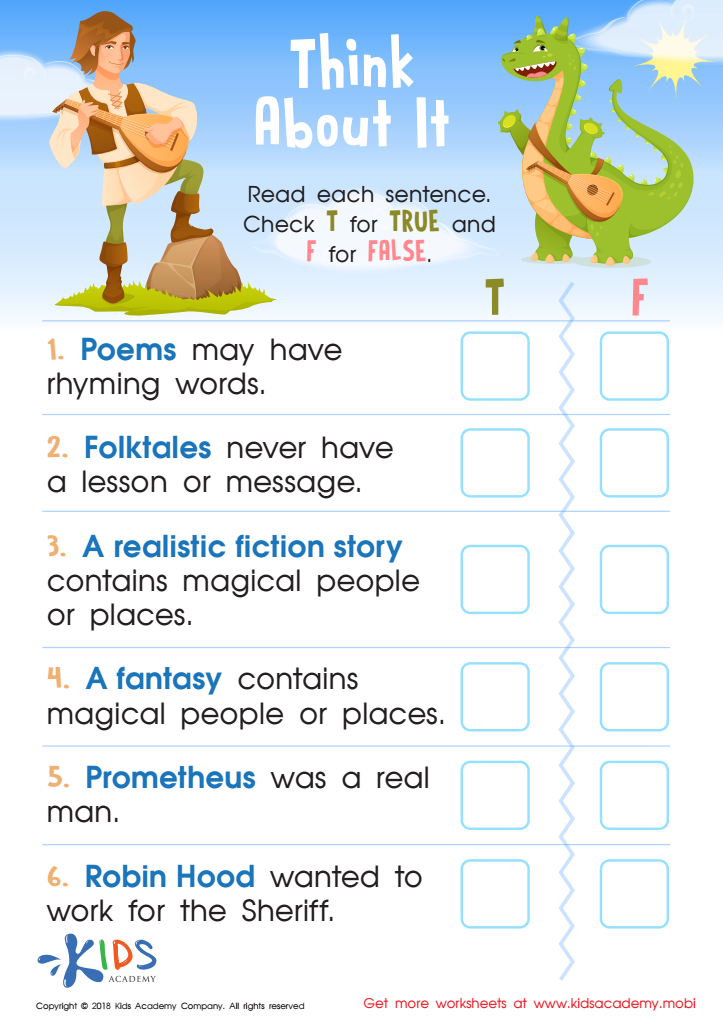

Think About It: Assessment Worksheet
Critical thinking is a crucial skill that empowers children to think logically, make informed decisions, and solve problems creatively, while normal reading and fiction play an integral role in their cognitive and emotional development. For children aged 7-9, the benefits of these activities are immense.
Engaging in critical thinking activities encourages kids to analyze situations, evaluate outcomes, and reflect on their experiences. This fosters independence and confidence, helping them become proficient learners who don't just accept information at face value but question and understand it deeply.
Normal reading, which includes nonfiction and realistic scenarios, exposes children to a world of true-to-life information, enhancing their knowledge base and comprehension skills. It helps them relate concepts learned in school to real-world applications, promoting a holistic understanding of subjects and boosting their curiosity to explore further.
Fiction, on the other hand, sparks imagination and empathy. It allows kids to step into the shoes of diverse characters, understanding different perspectives and emotions. This not only builds creativity but also emotional intelligence, helping children navigate their own feelings and develop social skills.
Together, fostering critical thinking, normal reading, and a love for fiction during the formative ages of 7-9 sets the foundation for well-rounded, intelligent, and emotionally balanced individuals. Hence, parents and teachers should prioritize and encourage these activities actively.

 Assign to My Students
Assign to My Students


.jpg)
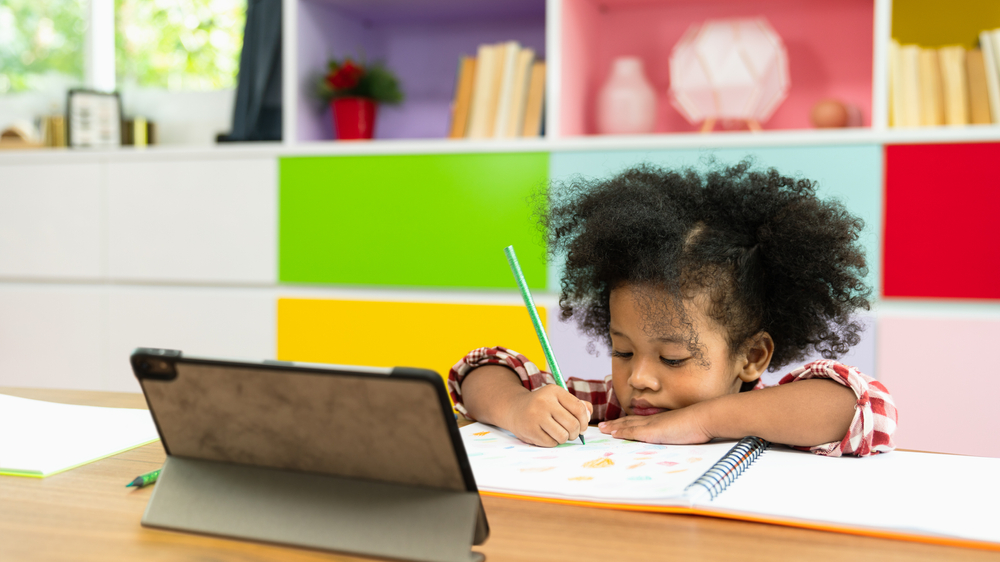

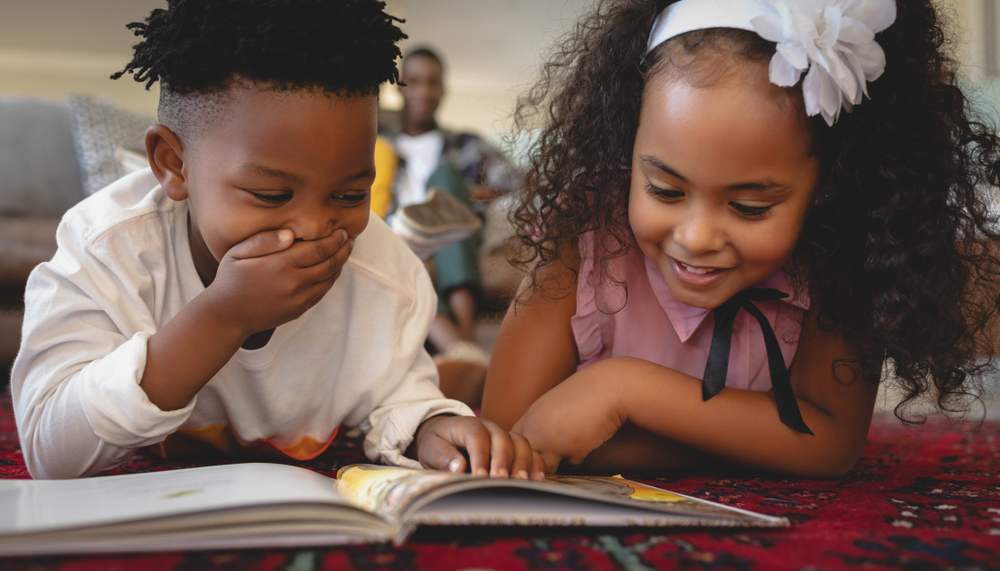
.jpg)
